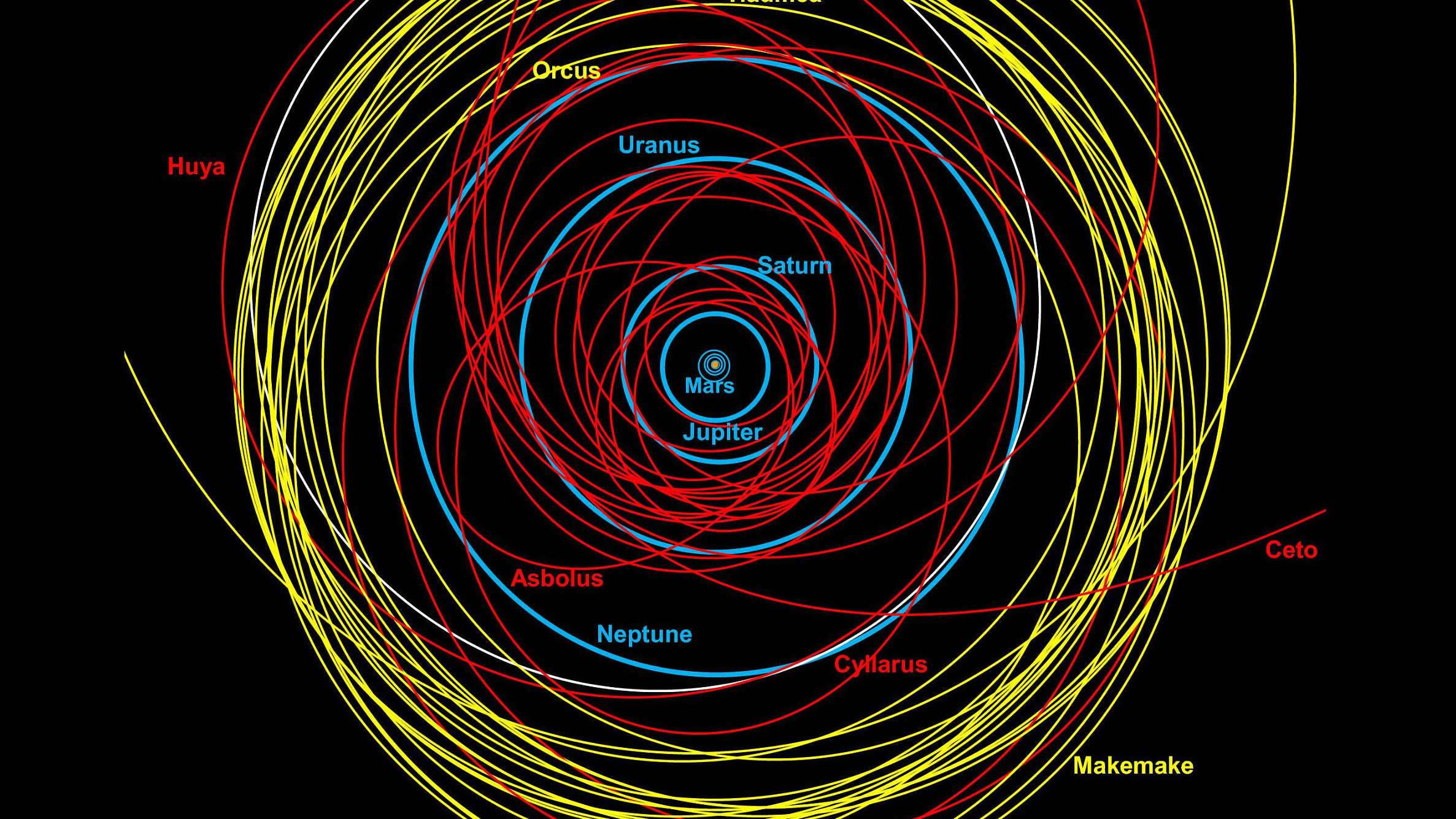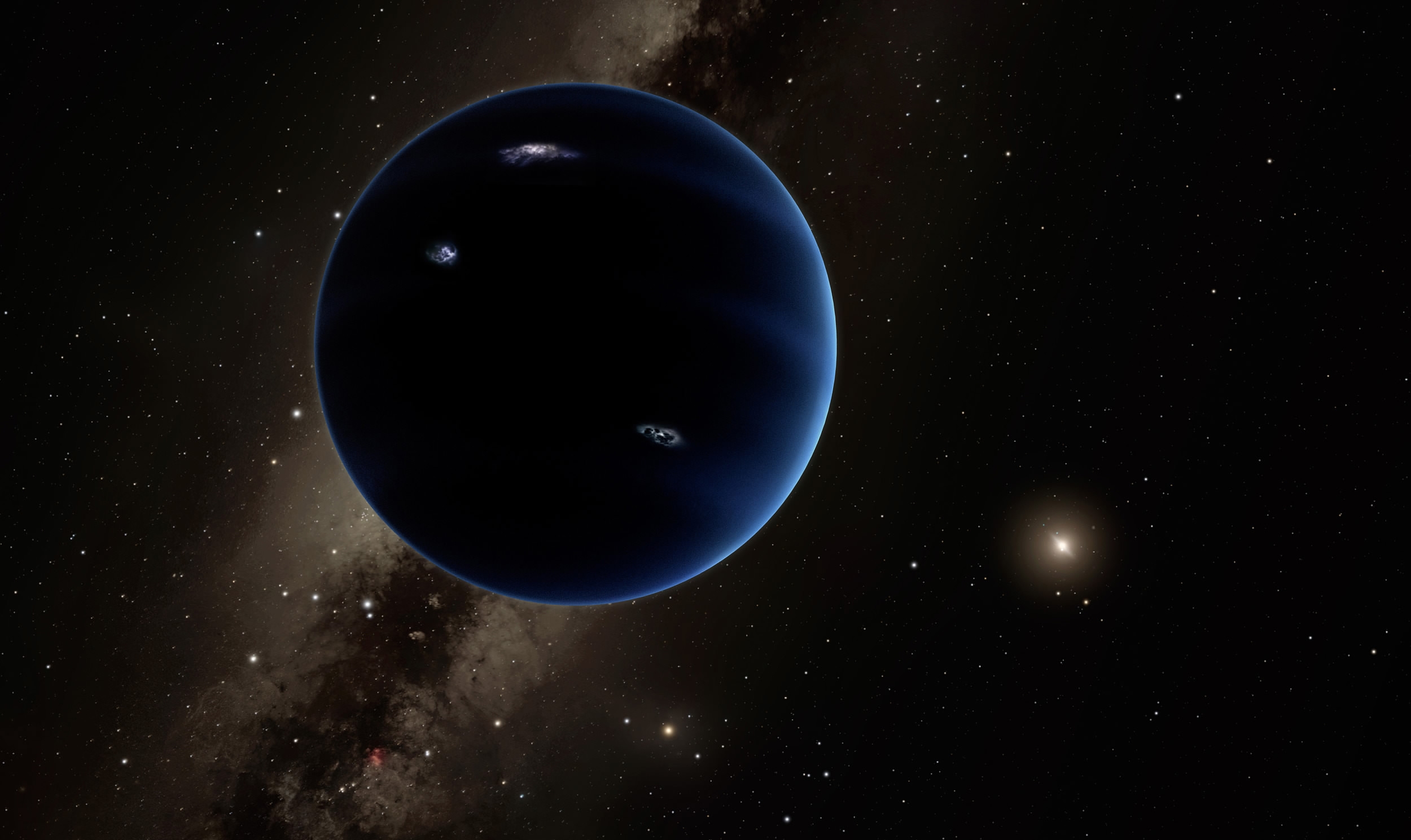
Tech & Sci
10:18, 22-Jun-2017
New NASA study explores future missions to Uranus and Neptune

US space agency NASA on Tuesday released a new report, Ice Giant Pre-Decadal Study Final Report, envisioning potential future missions to the mysterious "ice giant" planets Uranus and Neptune.
Studying ice giants
In August 2015, the Planetary Science Division of NASA announced that they would conduct a study on ice giants – planets with extensive gaseous atmospheres. The European Space Agency cooperated on the research. NASA's Science Definition Team set up the objectives of such missions and provided guidance, while the space agency's Jet Propulsion Laboratory (JPL) provided solutions for the robotic exploration.
With this study, NASA aims to take a fresh look at science priorities and concepts for missions to Uranus and Neptune in preparation for the third Planetary Science Decadal Survey.

The ice giant study is very important to further people’s understanding of the whole solar system as well as of the planetary formation and evolution. /VCG Photo
The ice giant study is very important to further people’s understanding of the whole solar system as well as of the planetary formation and evolution. /VCG Photo
Better understanding planets
An ice giant is a planet of extremely big proportions that is mostly composed of astronomical ices including water, oxygen, nitrogen, carbon and sulfur – elements that are heavier than hydrogen and helium. The most famous ice giants in the solar system are Uranus and Neptune.
The scientific exploration of ice giants is very critical to advance people’s understanding of the whole solar system as well as of the planetary formation and evolution.
It is believed a massive liquid ocean lies beneath the clouds of the "ice giant" planets, which accounts for about two-thirds of their total mass, making them fundamentally different from the "gas giant" planets.
However, "we do not know how these planets formed and why they and their moons look the way they do. There are fundamental clues as to how our solar system formed and evolved that can only be found by a detailed study of one, or preferably both, of these planets," said Amy Simon of NASA's Goddard Space Flight Center in Greenbelt, Maryland.

High-resolution image of surface of Miranda, one of the largest moons of Uranus. /VCG Photo
High-resolution image of surface of Miranda, one of the largest moons of Uranus. /VCG Photo
Just a beginning
As the first of a research series, the report discusses various instruments, a wide range of mission architectures, spacecraft, flight paths and technologies.
"This study argues the importance of exploring at least one of these planets and its entire environment, which includes surprisingly dynamic icy moons, rings and bizarre magnetic fields," said Mark Hofstadter from JPL in a press release.
The study also said that NASA could likely commission a mission to the ice giants for under two billion US dollars and achieve a worthy set of science objectives.
(With input from Xinhua)

SITEMAP
Copyright © 2018 CGTN. Beijing ICP prepared NO.16065310-3
Copyright © 2018 CGTN. Beijing ICP prepared NO.16065310-3